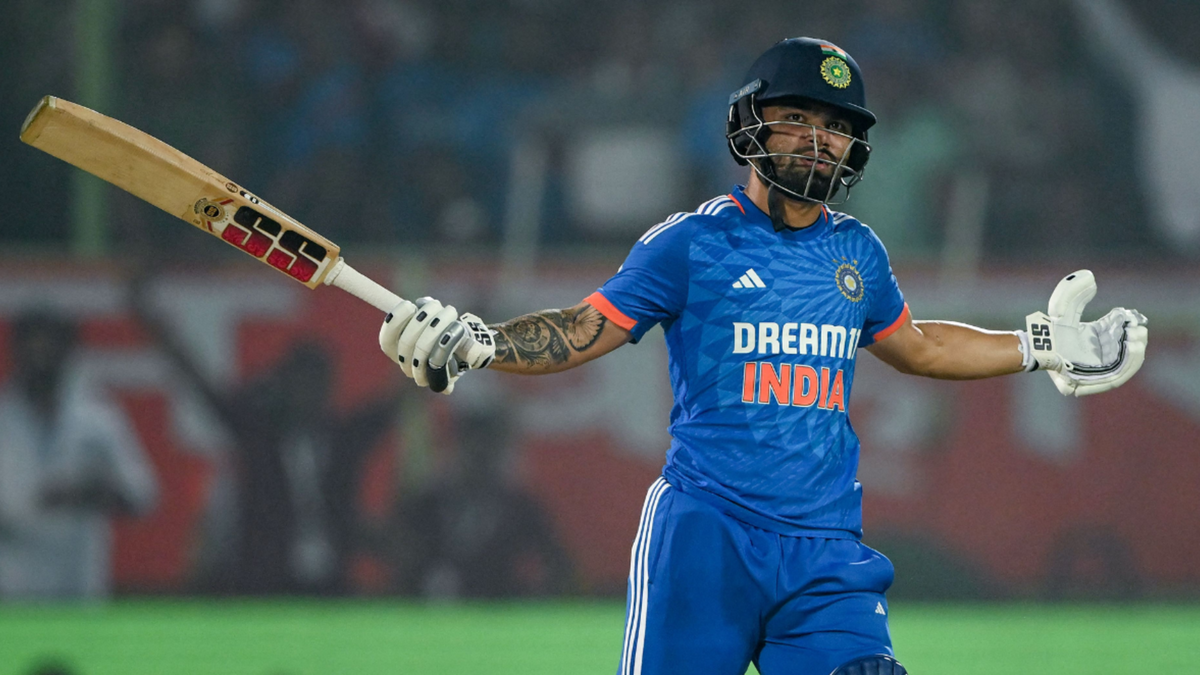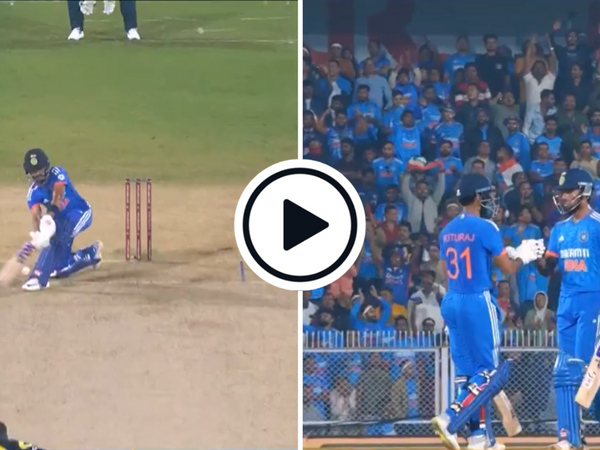
It’s the stuff that dreams are made of: a last-ball six to seal a big chase over the mighty Australians. Rinku Singh has had a stellar start to his T20I career, striking at over 200 coming into today’s game, and he supplied a blistering cameo to guide India home in a high-octane encounter in Visakhapatnam.
Subscribe to the Wisden Cricket YouTube channel for post-match analysis, player interviews, and more.
With one needed to win, he launched Sean Abbott over long-off and celebrated, seemingly finishing with a score of 28 off 14. Then came the no-ball siren, normally dreaded for the bowler, but this time with unwanted implications for Rinku as well. It instantly chalked six runs off his score. Here’s why.
Law 16, mirrored in the ICC’s playing conditions, deals with when a cricket match has reached a result, with clause 16.6 concerning “Winning hit or extras”. Clause 16.6.1, which reads: “As soon as a result is reached…the match is at an end. Nothing that happens thereafter…shall be regarded as part of it.” The standard interpretation is that, as soon as Abbott overstepped, he had bowled a no ball, and so India had reached their target and the game was finished.
However, there is a wrinkle. The no ball law states: “A penalty of one run shall be awarded instantly on the call of No ball.” In this case, there is an argument that “the call of no ball” came after the ball had gone for six, and so it is the six that should have counted as the winning hit, rather than the no ball. Before the use of technology to call no balls, any no ball call would have come before a boundary had been scored. That is no longer the case, but the practice of a no ball superceding a boundary hit with the scores tied has stayed.
Nevertheless, it is unlikely the scorebook could be changed now. Clause 16.10 states: “Once the umpires have agreed with the scorers the correctness of the scores at the conclusion of the match…the result cannot thereafter be changed.”
This might seem an academic concern, given all it really affects is Rinku’s own career record. Had the six counted, he would have achieved the proud feat of bringing up 100 career T20I runs at a strike rate in excess of 200. As it is, he has 97 off 50 balls to his name.
However, in the case of net run rate, the determination of the final score can be crucial. Hitting a boundary to win a game and exceed the opponents’ total by more than one run will almost always be more beneficial to a team’s net run rate than winning a ball earlier but only reaching the target, rather than exceeding it. In this case, India’s final score is 209 off 19.5 overs, a run rate of 10.54 runs per over. Had the six counted, their score would have been 214 off 20 overs, a run rate of 10.7 runs per over.
Indeed, in the 2023 Asia Cup, Afghanistan found themselves in a situation where, if they had won the game with a boundary, they would have overtaken Sri Lanka on net run rate, but a single would not have done the job. In that case, ending the game with a wide or no ball would have seen Sri Lanka go through.
There have been some calls for any game that ends with a wide or no ball to see an extra five runs added to the chasing side’s total, so as to avoid any attempts to deliberately end the game without allowing the batting side to hit a boundary.








